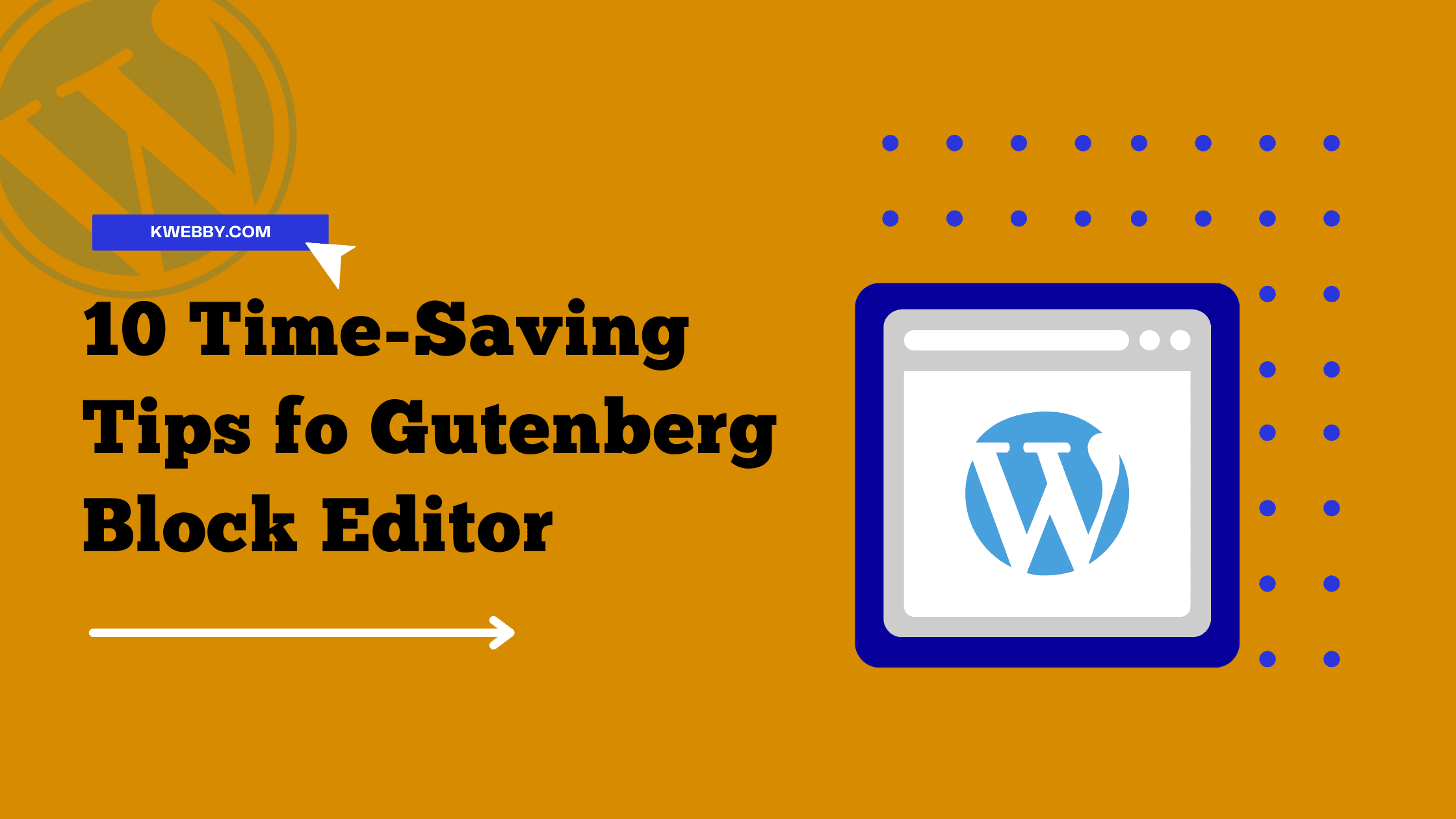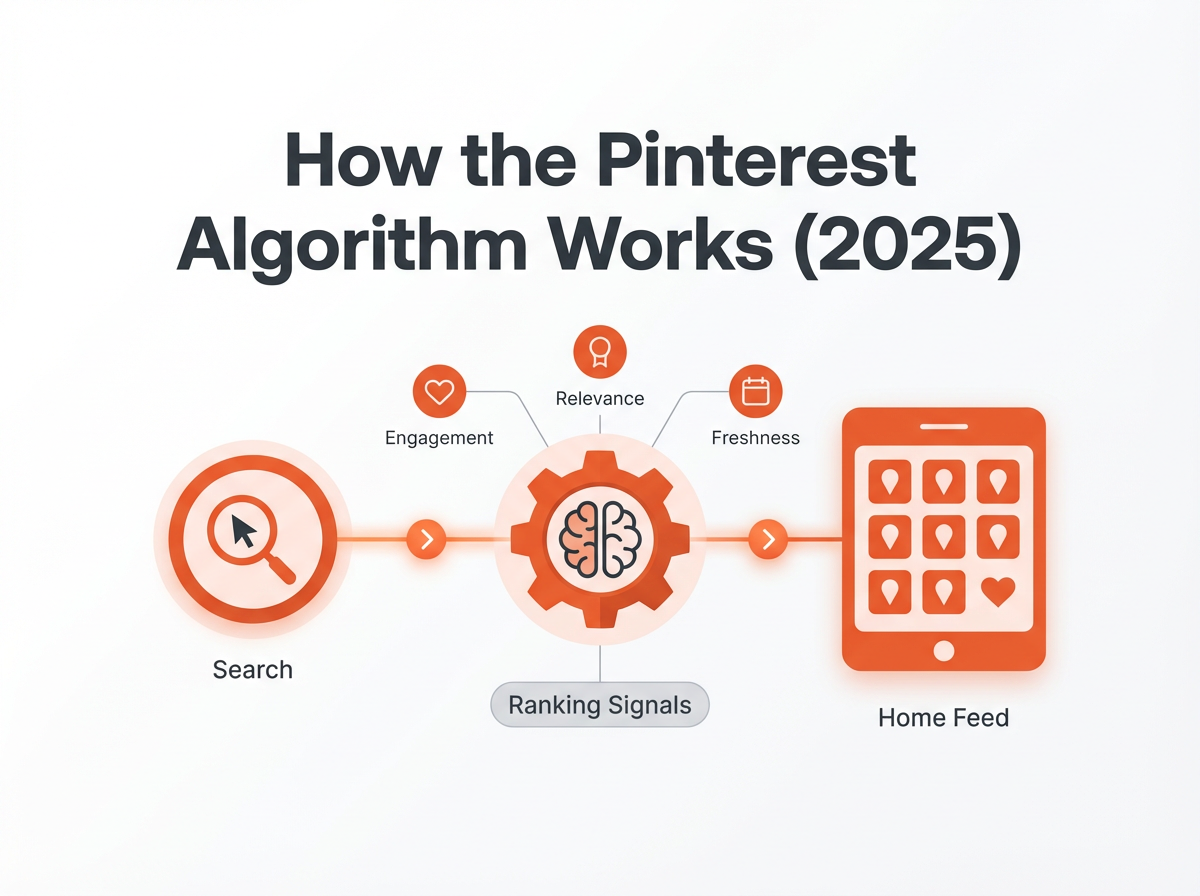When you switch from one version of software to another, the temptation is to keep doing things the way you always have. What’s more, taking time out to learn how to use new features comes second to getting the immediate job in hand completed. Consequently, you miss many of the benefits of the latest version of your software app.
The above is true of the WordPress block editor, especially if you have been using the classic editor for a long time. You may even be one of the many WordPress users who have installed the classic editor plugin to turn the clock and return to the old editor.
Gutenberg Block Editor vs Classic Editor
There is no doubt that the classic editor is easier to use if you want to get a blog post or page published quickly. The Gutenberg block editor requires you to think about your content in a different way and add blocks of content rather than just typing away in one long stream.
While this may sound like more work, it really isn’t once you get used to it. In fact, the opposite is true. Once you start using the Gutenberg block editor on a regular basis, you will find that it saves you time in the long run.
10 Time-Saving Tips for WordPress Gutenberg Block Editor Users
So, if you have yet to explore the options available in the Gutenberg editor, read on. You may find the following tips helpful. Here are 10 neat ways to save time posting content with the WordPress block editor.
1. Use Keyboard Shortcuts
In addition to the standard Ctrl C and Ctrl V, the block editor has a wide range of keyboard shortcuts to speed things up.
For example, Control + Alt + T inserts a block before the active one;
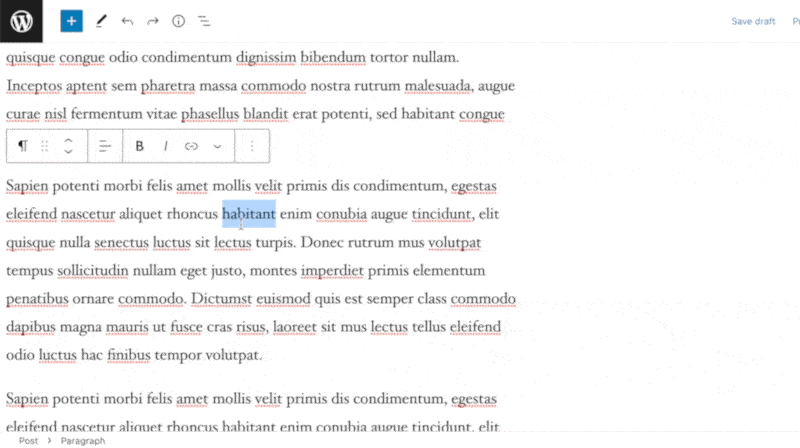
Ctrl + Alt + Y inserts a new one after the selected block.
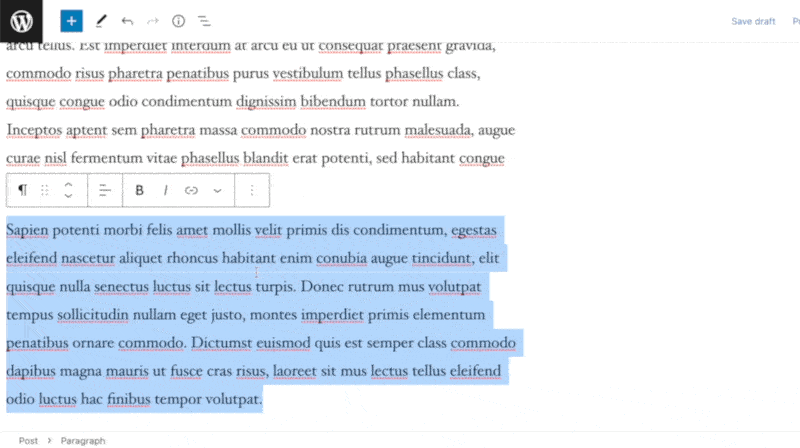
Learning the various keyboard shortcuts, a list of which can be found by pressing Shift + Alt + H can save an immense amount of time.
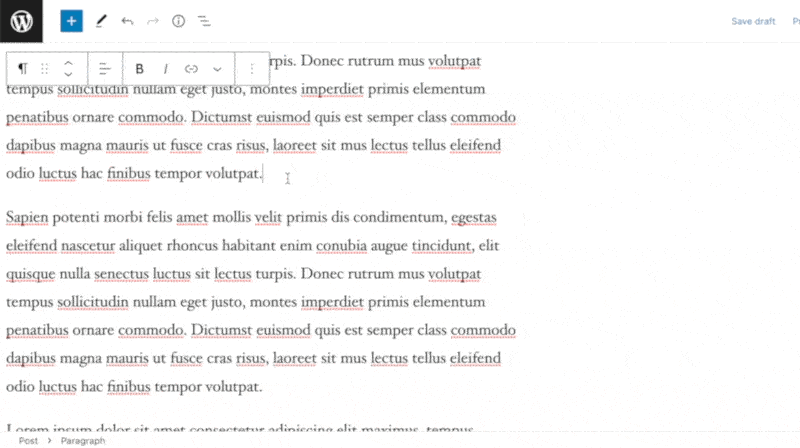
2. Drag and Drop Images
Instead of downloading and uploading images, the block editor allows you to drag and drop photos straight onto the editing page.
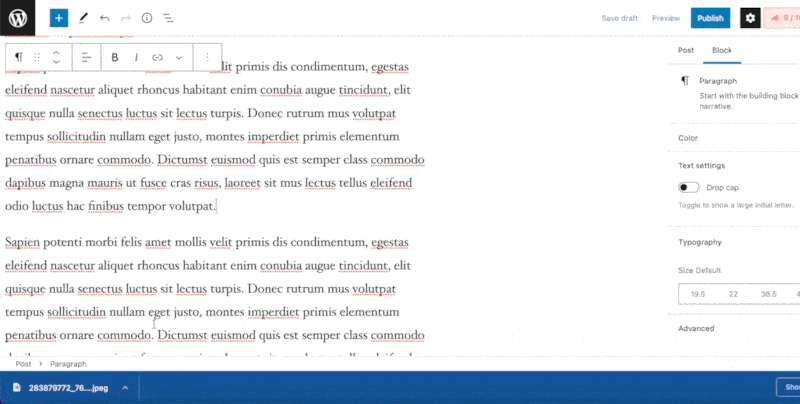
Once the image is in place, you can amend the default size and style and add alt text in the image properties on the right-hand side of the screen.
3. Quick Navigation
When editing a long page of content, it can be tricky finding the block you need. But, if you click the icon on the top left of the editing screen, you get a summary of the contents and a clickable list of the contents.

This feature makes it easy to locate and move around the blocks, editing and amending them as you go.
4. Copy and Paste Everything
Gutenberg recognizes virtually everything you paste into the block editor. For example, suppose you have a Word document with text and images. In that case, copy the entire page, and both the text and image can be pasted into the editor.
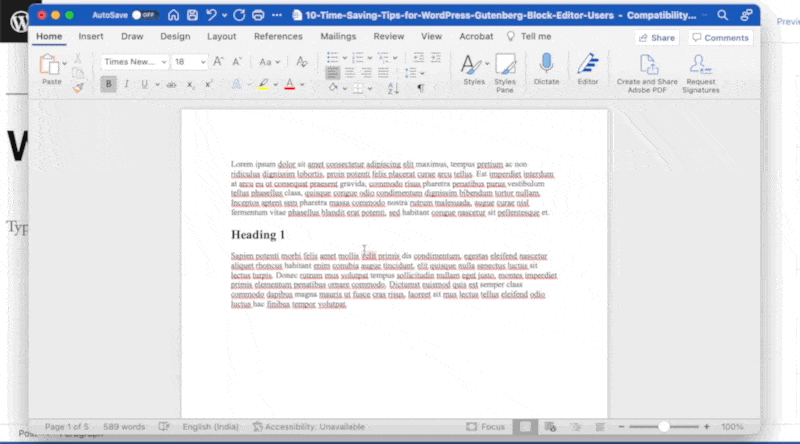
The block editor will format the text and pictures as the relevant block types. You can also copy and paste URLs of third-party content, such as YouTube videos and tweets.
The editor will transform them into embedded content.
5. Copy and Paste Entire Pages
Have you ever wished you could copy an entire WordPress post, replicate the formatting, or reuse some or all of the content? With the Gutenberg block editor, you can do that easily.

Click on the three dots icon on the top right of the editor screen. Then scroll down and you will find an option to copy all content. Once it’s copied, you can paste the entire page, fully formatted, into another page or post.
6. Drag and Drop Blocks
When you change your mind about the order of the content in a post, you can drag and drop blocks to reposition them.
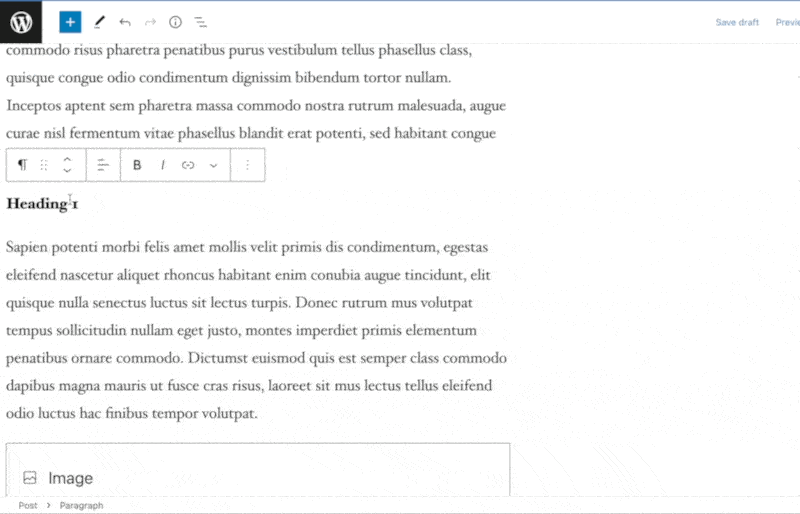
Select the block you want to move, click, hold the six dots icon in the block toolbar, and drag and drop the content to its new location.
Job done!
7. Create Reusable Blocks
Sometimes, you might need to replicate content on multiple pages. For example, a guest author’s biography, calls to action (CTAs), or a signing-off paragraph at the end of each blog post.
You can avoid the need to repeatedly recreate this type of content by creating a reusable block. Click on any block or range of blocks you want to reuse.

Then click the three dots on the right-hand side of the block toolbar. At the bottom of the list of options, you will find an option to add the section to reusable blocks.
8. Add Columns
Adding columns is straightforward in the block editor. There is no need to use a plugin for this purpose. Select columns from the list of available block types, choose your preferred column layout, and you’re done.

The ability to add columns is only one of the many ways Gutenberg simplifies producing professional-looking content without plugins. Other examples include standard block types for tables, quotes, and lists.
9. Transform Blocks
The ability to transform blocks saves time if you change your mind or make a formatting mistake. Suppose you have text that needs to be a heading, bullet points, or a quote.
In that case, select the block and use the far-left icon on the toolbar to change the block type.
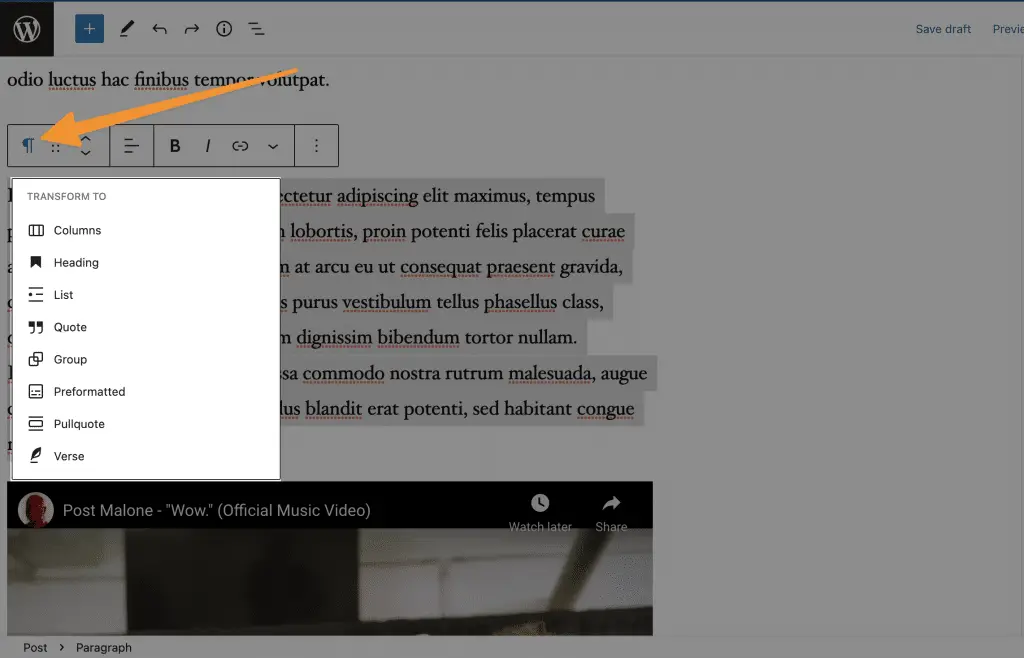
10. Explore Custom Blocks
All the above time-saving features are standard options in the Gutenberg editor. You also have an increasingly wide range of third-party custom blocks available.
These blocks include dynamic tables of contents, calls to action, post grids, and many more.
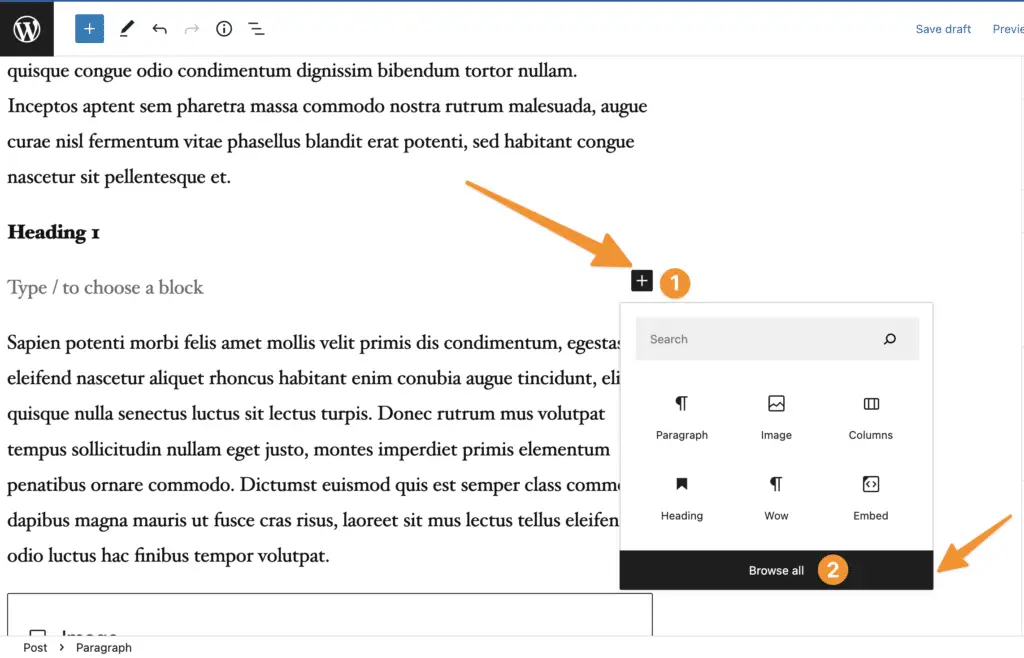
Click “browse all” at the bottom of the block type dialogue box and search for relevant blocks available to install. You will find a custom block to suit your needs.
Conclusion
The above are only 10 ways to save time with the Gutenberg block editor. If you haven’t already done so, take time out to explore the features of the WordPress block editor. You will find many more ways to produce amazing-looking content in a fraction of the time it would have taken in the classic editor.
More WordPress Resources
- How to Migrate WordPress Site to New Host or Server: A Step-by-Step Guide
- How to make a website secure in 2022? (7 Proven Methods)
- How to Redirect URL in WordPress: A Comprehensive Guide (4 Methods)
- How to Disable Comments in WordPress: Protect Your Blog from Spammers
Test your knowledge
Take a quick 5-question quiz based on this page.







